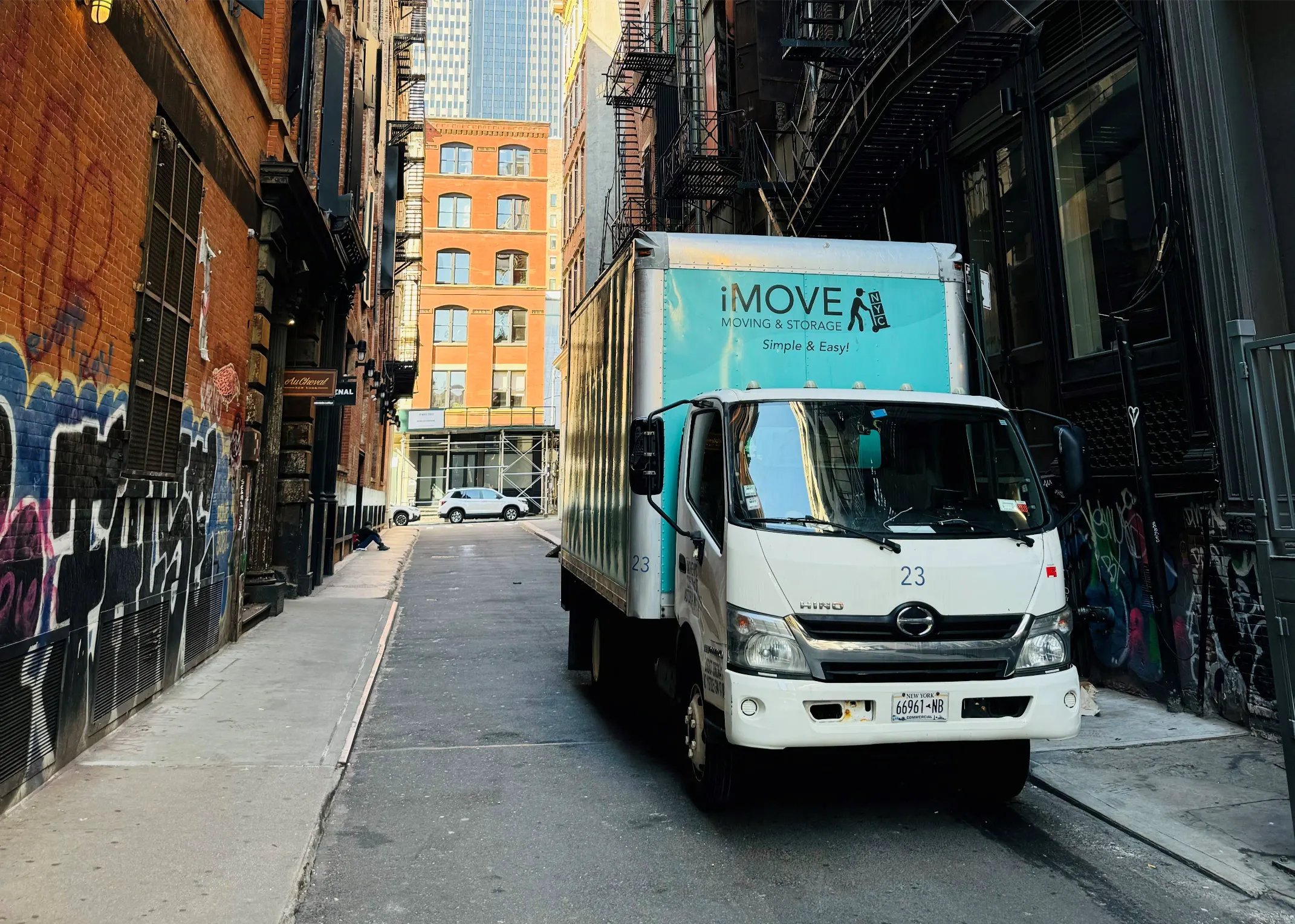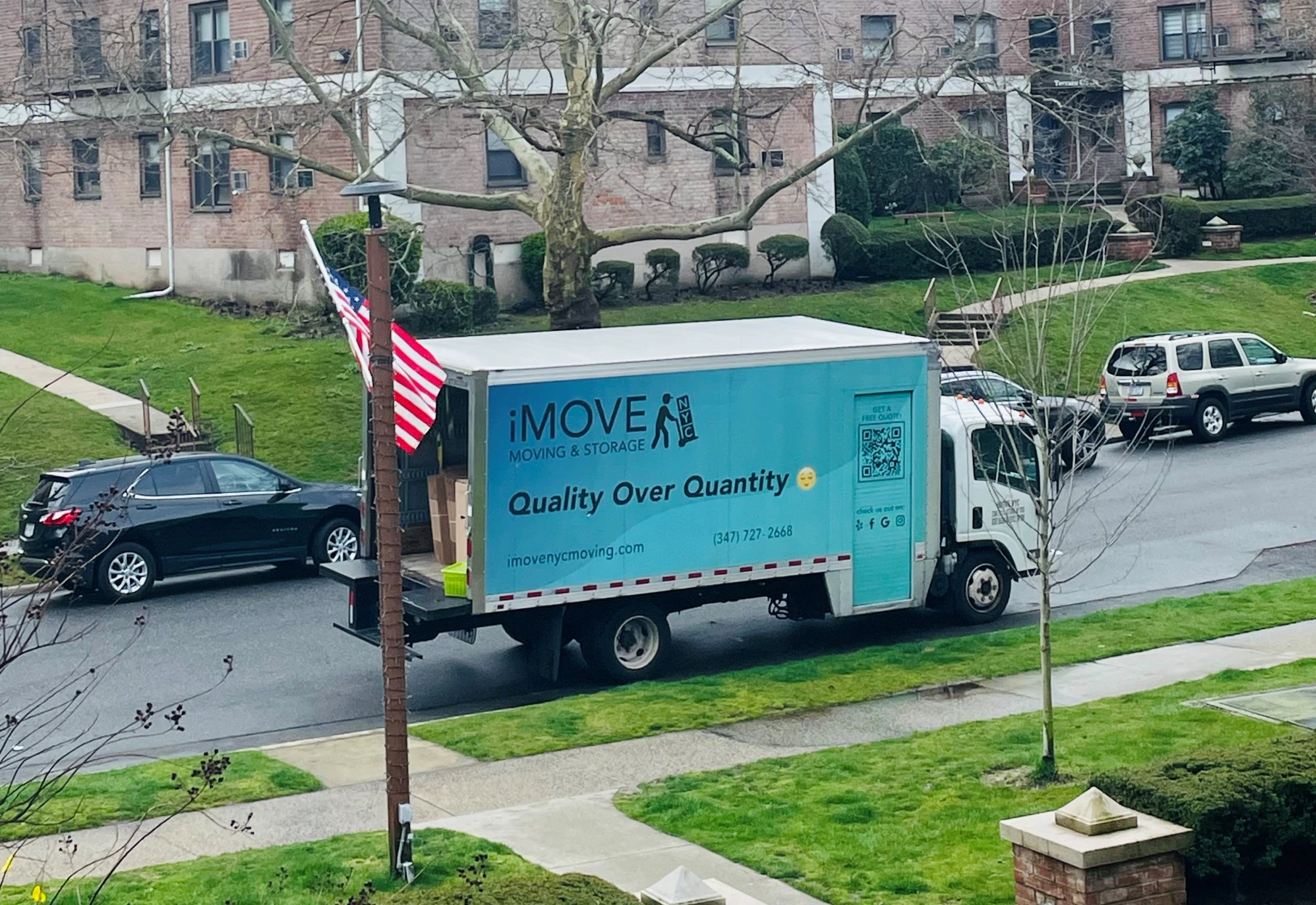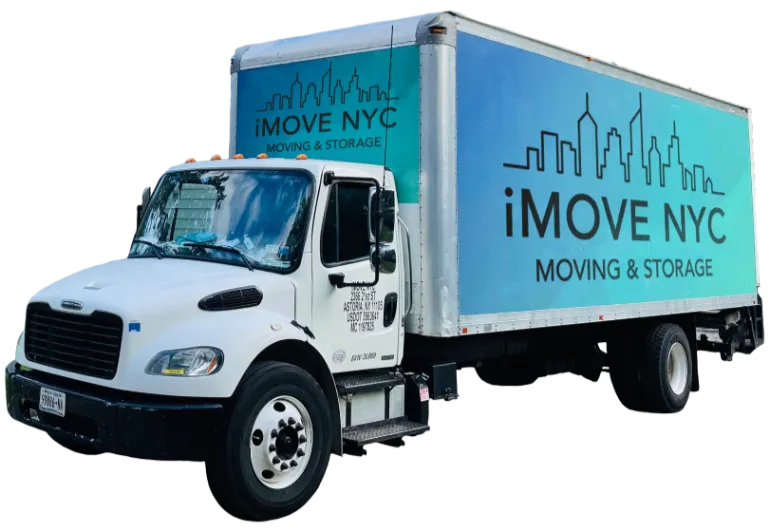
Moving to NYC as a Student in 2025: The Complete Parents’ Guide
New York City stands as one of the most exhilarating and enriching destinations for students – both from across the U.S. and around the globe.
Fill out the form below for a quick flat price quote
It can be difficult to move with children, regardless of their ages or the distance you’re traveling. Are you already experiencing anxiety about moving with your children? If so, you should read this tutorial.
Find out how to move with kids (and maintain your sanity while doing it) by reading on.
Being a child can be challenging, but it’s not inescapable. By supporting your kids before, during, and after the major move, you can help lessen the negative consequences of relocation.
Show children maps, pictures, films, etc. to help them become familiar with the new city and the layout of the new home. Talk about the new neighborhood’s convenient access to lakes, mountains, commercial areas, parks, and other amenities.
Get your children active in their new neighborhood by taking them to a nearby church, synagogue, mosque, or temple, registering them for girl scouts, signing them up for classes at the community center, etc.
Encourage them to maintain contact with old friends and relatives from their hometown via phone calls, video chats, frequent vacations there (if possible), etc.
From packing until the first day at their new school, keep the lines of communication open with the kids throughout the entire moving process. Share your feelings with them and ask them to do the same. Inform them that it’s all right to feel depressed, anxious, angry, or enthusiastic.
By involving your children in the relocation, you may increase their enthusiasm for the adventure and avoid having to handle everything by yourself and your husband. Here are some kid-friendly suggestions you may use to involve your kids in the packing, unpacking, and settling-in processes.
Make sure to pack each child’s necessities (a change of clothes, a few of their favorite toys or books, formula, baby diapers, etc.) in a distinct box with a label on it. Allow older children and teenagers to load their boxes and make their selections of supplies.
So that you can quickly reach them when you arrive at the new residence or decide to spend the night in a hotel, keep those first-night boxes in your car.
Find activities to keep babies and toddlers occupied while you are packing and relocating. For instance, while you communicate with the moving company and handle the heavy lifting, place the infant in a pack-and-play or give toddlers some extra moving boxes and markers to play with.
To ensure their safety while you work, you might also want to plan for moving day daycare (you might send them to a relative or friend’s house or hire a babysitter to hang out with them in the backyard).
Planning and care coordination is essential when moving with children. Decide where you’ll stop along the journey and the best path to go before the big day. Make a moving timeline and schedule, and try your best to follow it. To ensure that everyone is on the same page, share it with the family as well.
Plan with the moving business if you intend to hire expert movers.
Give specifics on the movers’ arrival time, the size of the vehicle they’ll use, and the services they’ll provide (such as packing, loading, unloading, storage, etc.). Make sure they have your phone number so they can call if there are any last-minute alterations or to check-in.
Additionally, some crucial phone calls and online research should be part of the planning process. For instance, you’ll need to locate new medical professionals such as dentists, eye doctors, counselors, etc. for yourself and your children. Doing these things beforehand will ensure that you have a contact list in case something goes wrong soon after you arrive.
Consider letting each child select their room when you get to the new house before they start hauling in boxes and unloading.
By doing this, they are inspired to explore the home’s features. Encourage children to use their imaginations and begin considering things like paint colors and accents.
You can also show your children the layout of the new house in advance and ask them to choose rooms then if you worry that they will fight over rooms or that it would provide unnecessary difficulties. Everyone enters the building through the main door and immediately knows where they are heading.
As frantic as packing and flying can be, the first few weeks after a move can also be. To assist your children in settling in and becoming accustomed to their new homes, it is essential to adhere to routines as strictly as possible.
Try to maintain a regular wake-up and bedtime schedule. Eat meals at around the same times each day. Keep their favorite snacks on hand in the pantry. Look for chances to let them partake in their favorite activities (e.g., movie outings, hikes, park visits, etc.).
Keep in mind to be patient with your kids. Moving is a significant shift, and it could take them a few weeks or months to adjust. Continue having direct discussions with them and empowering them to speak up. Ensure that you live by your principles and be forthcoming about them.
There’s no denying that moving with children is challenging. But you can overcome this obstacle. Plan and abide by the principles mentioned above. Supporting them, reducing your tension, and facilitating a smooth transition will all be a lot easier.
Looking for a long-standing business that can help with both local and long-distance moves? Get in touch with iMove NYC if so!

New York City stands as one of the most exhilarating and enriching destinations for students – both from across the U.S. and around the globe.

If you want to understand New York, don’t start with its skyline or even its neighborhoods. Start with its bridges.

One of the most important – and overlooked – questions on moving day isn’t just “where are you going?” but rather, “what are you bringing?”

Fill out the form below for a quick flat price quote
USDOT #: 3563641, MC #: 1197825, NYDOT #: T- 41408
Fill out the form below for a quick flat price quote
Let’s make your move Simple & Easy!